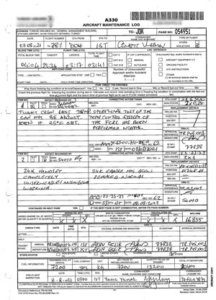In 2022, automation is going to keep its pace and become a central issue for most of the companies. Emerging remote/hybrid working model is fueling the change. In this post, you will find top automation trends to watch throughout this year.
Semantic Automation
Users who take advantage of an automation software or any automated product, are naturally unaware of the backend processes. Time and effort to develop an automation solution is always proportional to its beneficial outcomes. If a solution saves much time for users, it takes much time to develop. In 2022, automation robots which follow rules that they were taught to follow step-by-step will be replaced with robots which are able to evaluate the process and context. They will analyze the requirements by themselves and will reach to documents, data and other materials to complete a task.
 Low code self-automation
Low code self-automation
It is great to have all these automation solutions designed for us. Nevertheless, we live in such a fast changing and competitive business ecosystem that it is not possible to wait a standard development cycle for emerging needs.
Low code self-automation will let users who don’t have coding experience, to design and develop their own solutions.
Automated customer journey
Regarding customer journey, automation equals to marketing automation for most of the companies. Although there are significant distinctions between B2B and B2C companies, there is a common point: Missing lots of automation opportunities.
Diversity of channels and touchpoints and especially diversity of customer profiles force companies to build individualized customer journeys. That is only possible via smart automation ideas, which go beyond legacy marketing automation tools.
Automation impossible
It is not always easy to set up a comprehensive and centralized automation framework. Products, people, processes; they all change and keep changing. And automation never comes as an end-to-end ready built solution.
You need to define needs, find proper tools, deploy solutions and optimize processes. At some point, you realize that a net has been spread all over your organization. And it has become so complex that you no longer have control over it. To solve this problem, automation frameworks with high integration and centralization capabilities will stand out among automation trends in 2022.
Intelligent Document Processing (IDP)
Companies struggle to process all types of documents, which come in a variety of formats. It is a very time-consuming and high cost operation. AI powered, cloud based automation solutions offers a clear cut transformation. By this transformation, data stored in these documents will turn into valuable knowledge.

 We are lucky that there is a cost-efficient solution for this intimidating business problem. Automated form extraction (also called; form capture or form ICR) is combining ICR (intelligent character recognition) technology with AI and thereby extract any type of data easily from handwritten forms.
We are lucky that there is a cost-efficient solution for this intimidating business problem. Automated form extraction (also called; form capture or form ICR) is combining ICR (intelligent character recognition) technology with AI and thereby extract any type of data easily from handwritten forms.